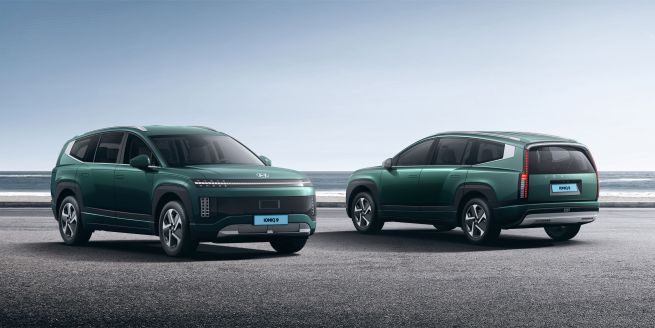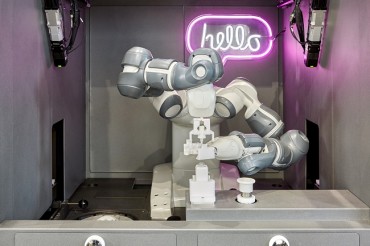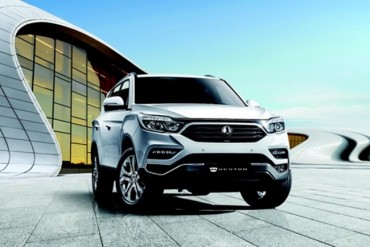SEOUL, June 24 (Korea Bizwire) — While global consumers continue to favor monochromatic car colors, South Korean buyers are increasingly opting for vibrant, expressive hues, according to a new report by global coatings manufacturer Axalta.
The report, released on June 22, shows that in 2024, 24% of cars sold in South Korea featured chromatic (non-neutral) exterior colors—up four percentage points from 20% in 2015. In stark contrast, the global average share of chromatic-colored vehicles declined from 24% to 16% over the same period.
Across major markets, the share of colored cars has dipped: North America (27% → 20%), China (22% → 15%), Europe (23% → 19%), and Japan (28% → 26%).
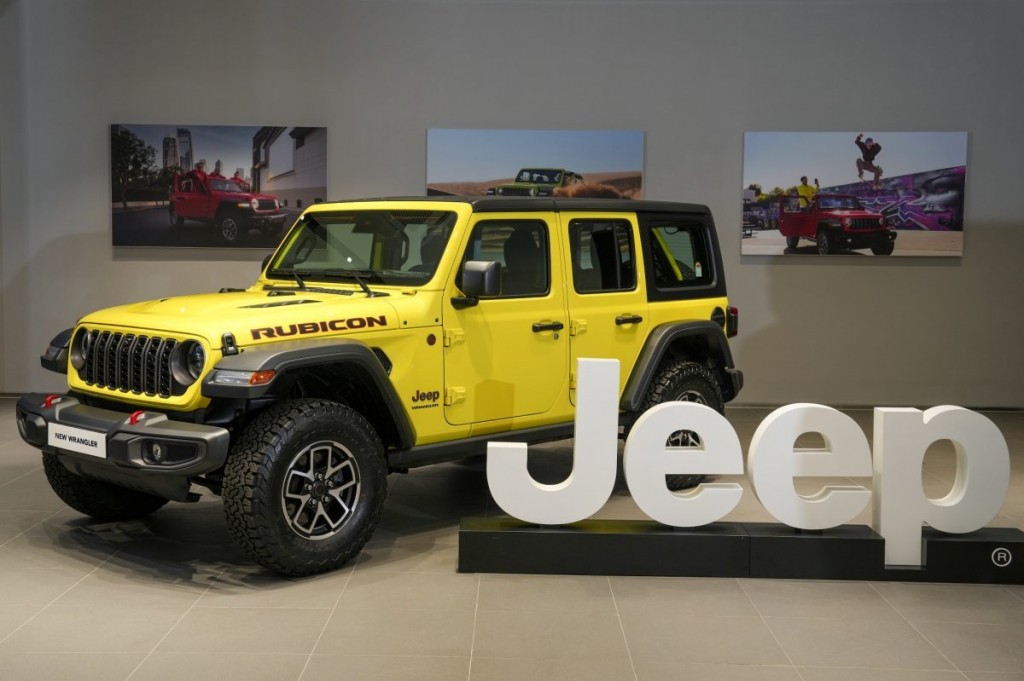
Since the launch of the ‘The New 2024 Wrangler,’ the proportion of customers choosing vibrant colors has more than doubled. Jeep’s ‘The New 2024 Wrangler’ in Rubicon High Velocity color. (Photo courtesy of Stellantis Korea)
Despite this growing interest in color, South Korea’s top three most popular car colors remain neutral—white (33%), gray (26%), and black (14%). However, silver, once a dominant choice, has plummeted in popularity, falling from 12% in 2015 to just 3% in 2024.
Among chromatic options, blue (10%), red (5%), and green (4%) lead the preferences. Industry experts attribute the shift to a broader cultural trend: South Koreans increasingly view vehicles as expressions of individuality and lifestyle rather than mere transportation tools.
Domestic automakers have responded accordingly. Hyundai, Kia, and Genesis have each launched distinctive color palettes tailored to local tastes. Hyundai introduced hues like “Celadon Gray Metallic” and “Ionosphere Green Pearl” with its Ioniq 9 electric SUV, while its flagship Grandeur sedan now comes in shades such as “Bronze Metallic Matte” and “Serenity White Pearl,” inspired by traditional Korean aesthetics.
Kia, meanwhile, rolled out “Denim Blue” and “Tan Beige” with its first-ever pickup truck, Tasman. New EV models like the EV4 and EV6 introduced shades like “Magma Red” and “Yacht Matte Blue.”
Luxury marque Genesis has developed 36 new colors, including “Tromsø Green,” inspired by Arctic landscapes, and “Ceres Blue,” based on light scattering from dwarf planets. The brand’s signature “Genesis Black”—a fully blacked-out interior and exterior option—exemplifies its philosophy of premium minimalism.
“Car color has evolved from a mere design element to a visual language that conveys brand philosophy,” said an industry representative.
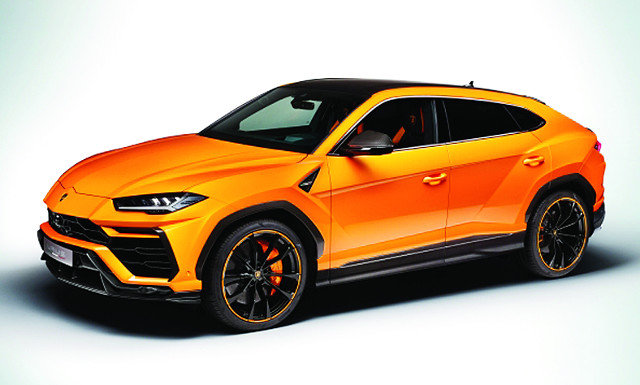
Since 2019, Lamborghini has allowed buyers to personally select colors at its exclusive paint shop. Pictured: Lamborghini Urus in Pearl Capsule Orange. (Photo courtesy of Lamborghini)
Kevin Lee (kevinlee@koreabizwire.com)



